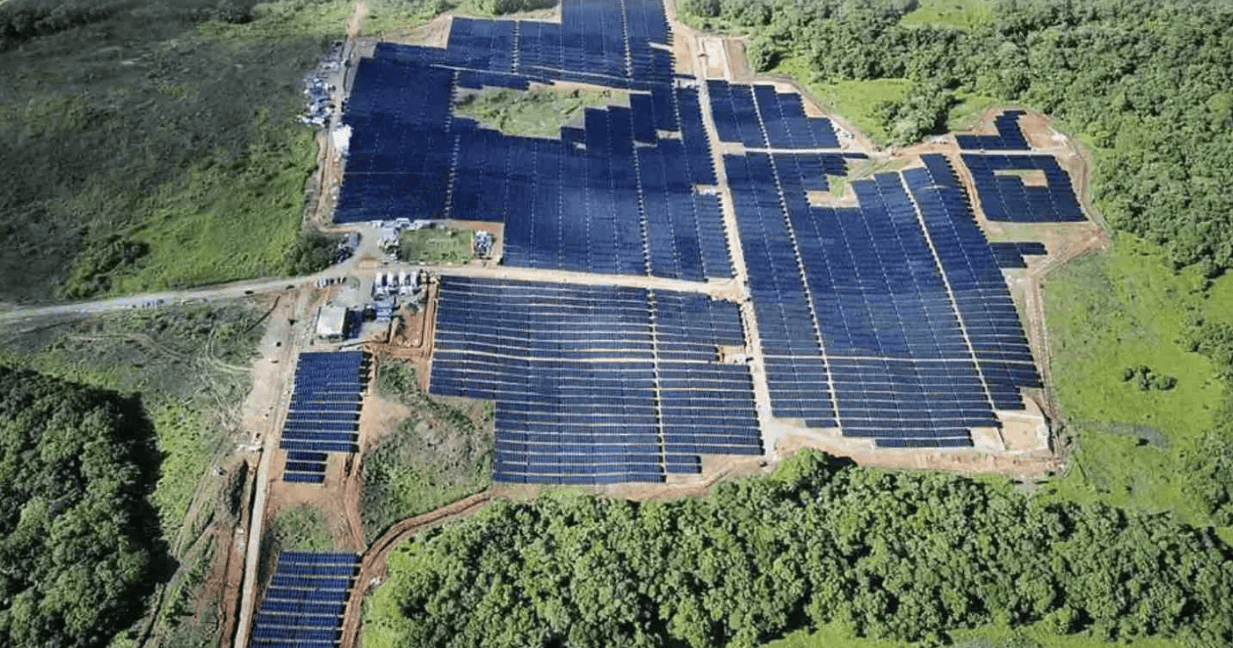While global targets on ensuring access to affordable, reliable energy for all under the Sustainable Development Goals are unlikely to be met by 2030, take-up of renewables is on track.
And while a number of Pacific Island nations are struggling to meet their goals, there is progress.
Niue
Work is underway on the second phase of the Niue Renewable Energy Project, which aims to enable Niue to generate 80% of its power from renewable sources by December 2025.
The new power station will be funded by . . .
Please Subscribe to view full content...
